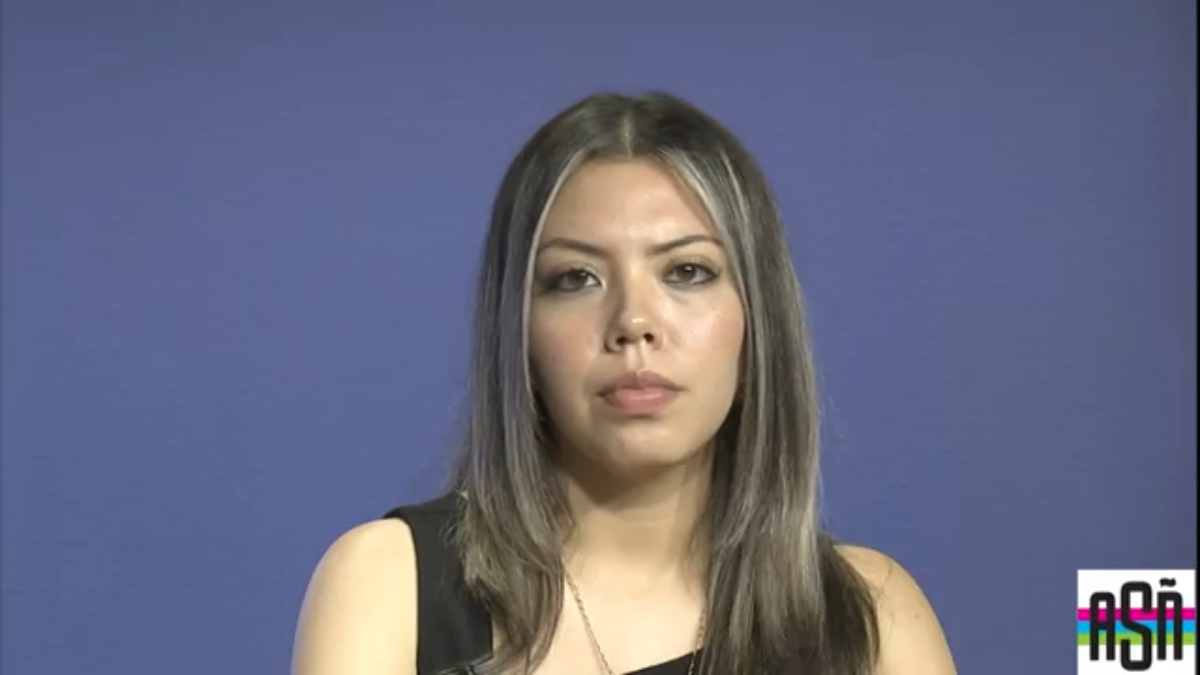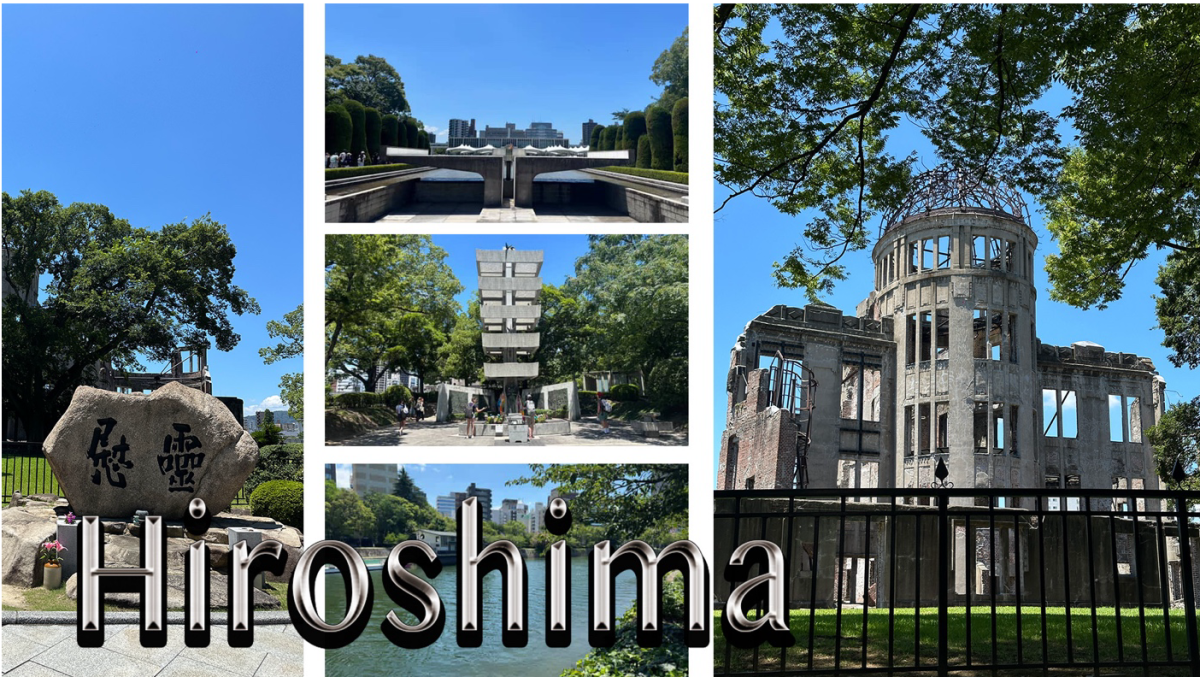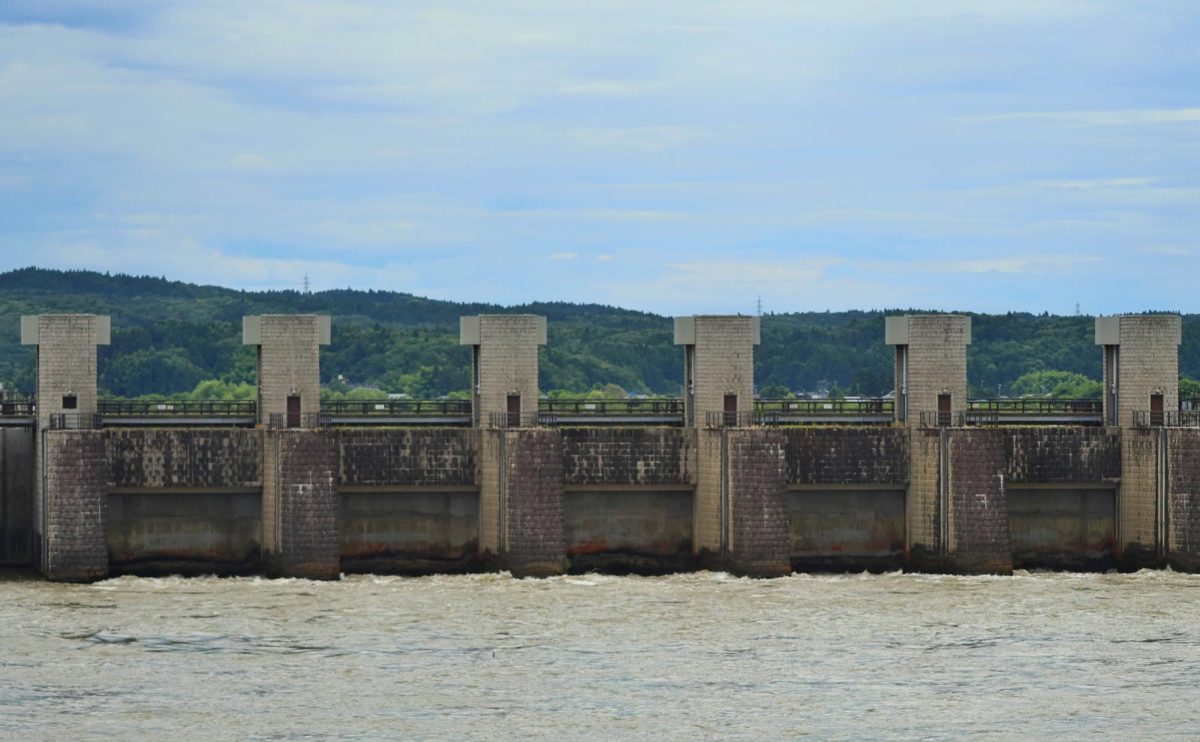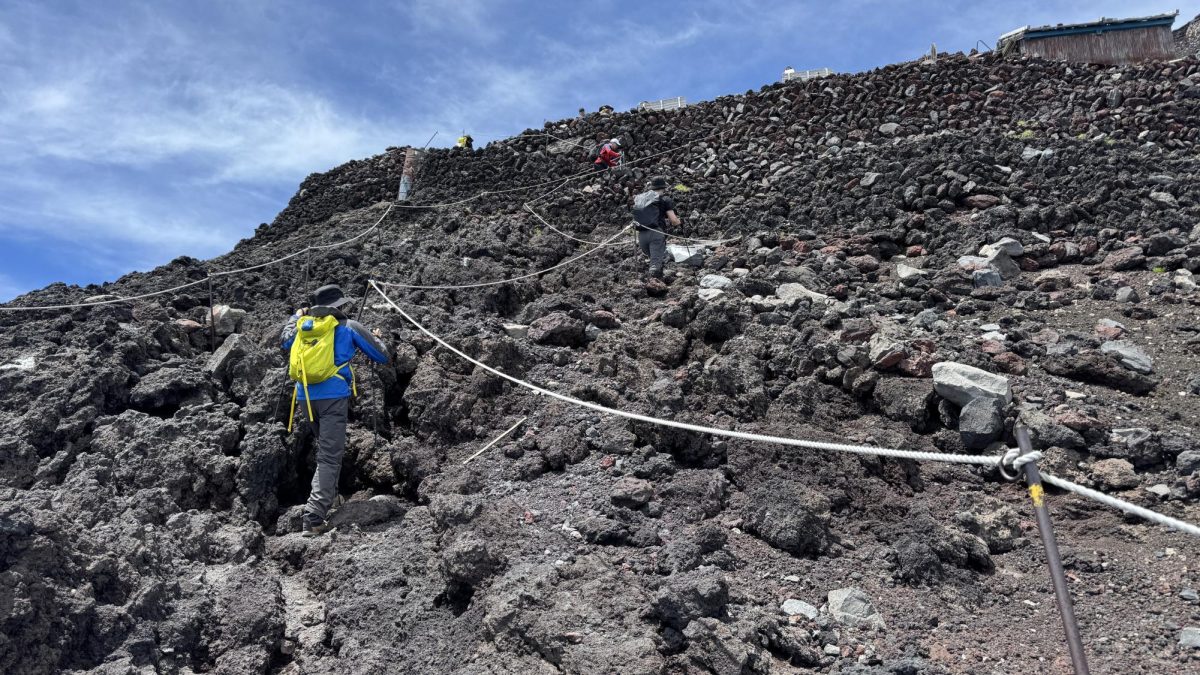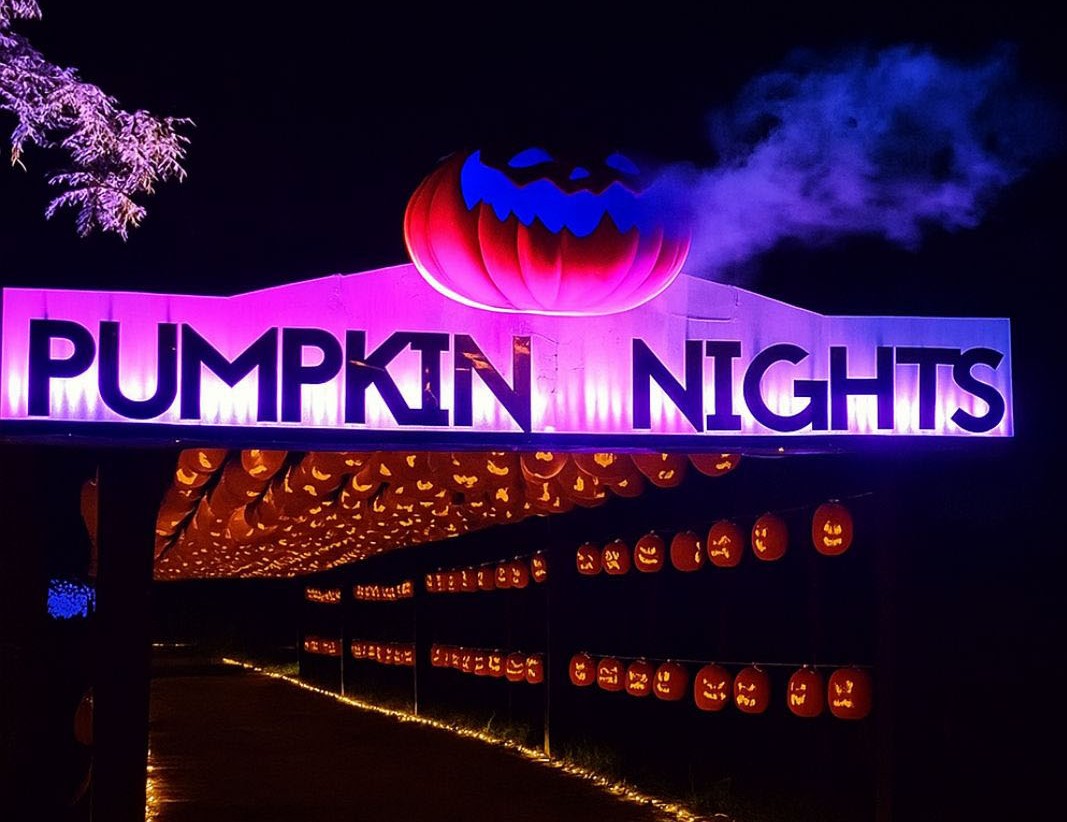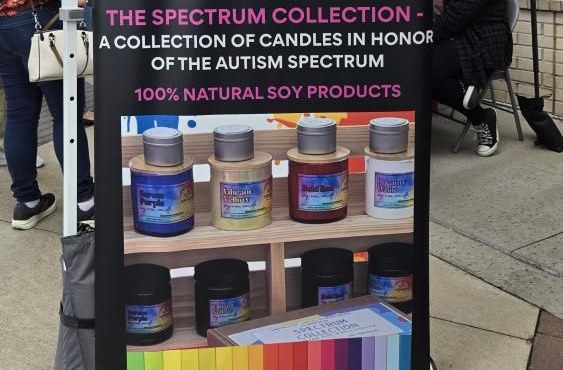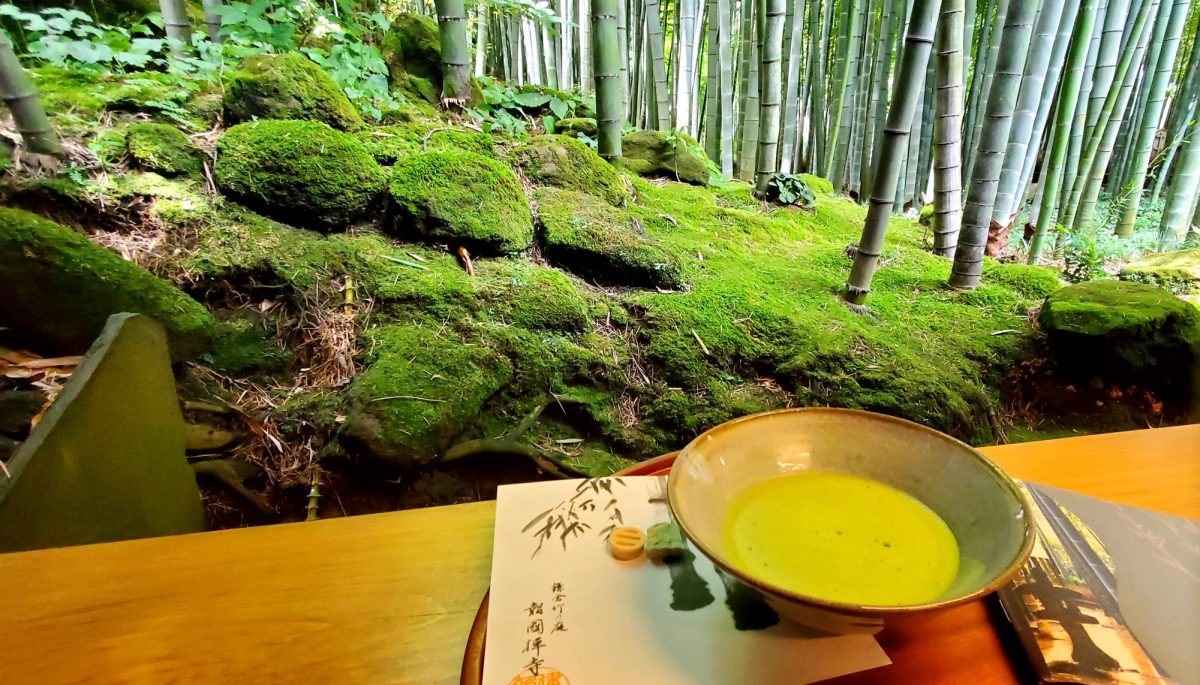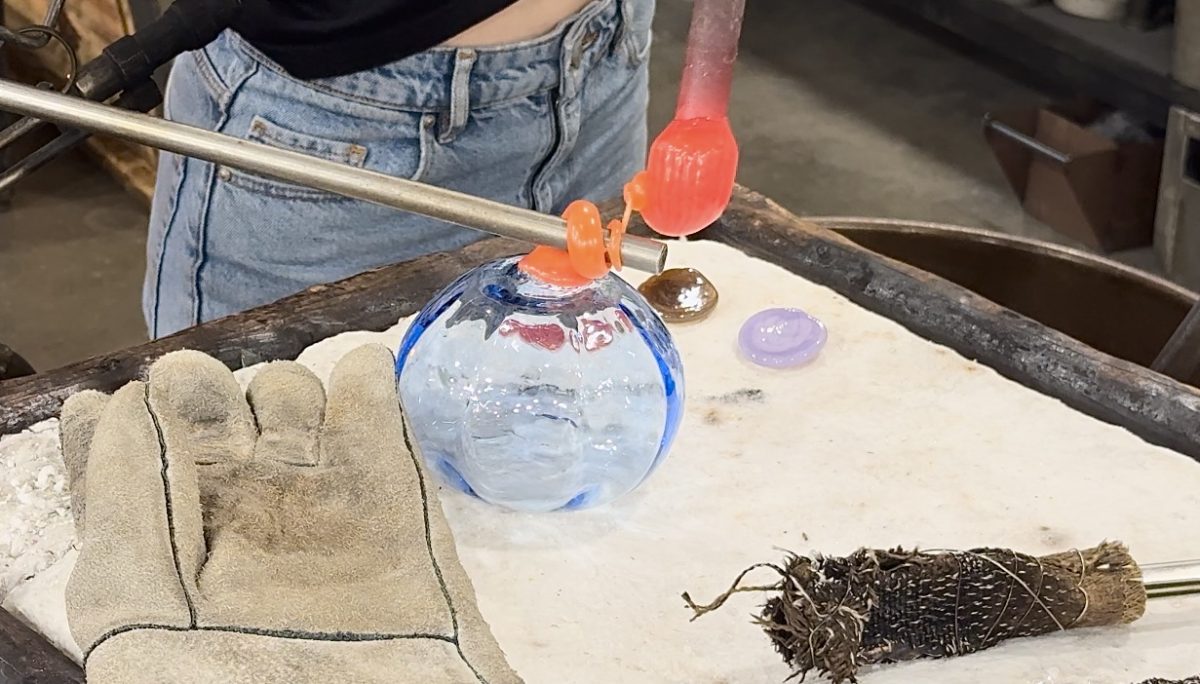UJI, Japan—The trendy matcha lattes are seen in the hands of almost every influencer, but what exactly is matcha?
Matcha is a green tea made of finely ground tea leaves and is characterized by its bright green color.

But not all matcha is created equal. Matcha lattes are typically made with a concentrated matcha tea, with milk added to make it less bitter. In the United States, it is common to add flavored syrups as a sweetener to completely cover the bitterness of the tea.
Good matcha is all about the quality of the powder. If prepared correctly, syrups and milks should not be used to cover up bitterness, but instead to add another level of flavor.
Japan’s matcha quality is arguably the best, having almost no bitter taste at all. Instead, Japanese matcha is creamy even without the addition of milk.
The secret is in the careful preparation of the tea leaves, called tencha, and of the powder itself.
Uji, a city south of Kyoto, has practiced matcha preparation for some 800 years, building a tradition of high quality, flavorful matcha.
Matcha is the centerpiece of the traditional Japanese tea ceremony, in which the preparation and drinking of hot matcha becomes a meditative exercise. The tea ceremony has been influenced by both Zen Buddhism and Shintoism, Japan’s indigenous religion.



